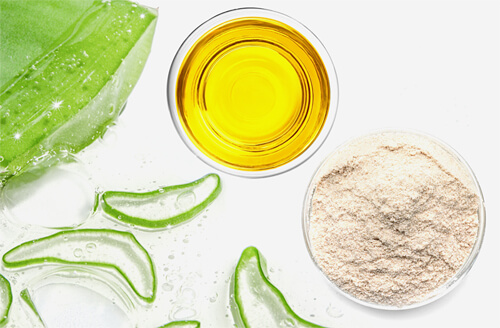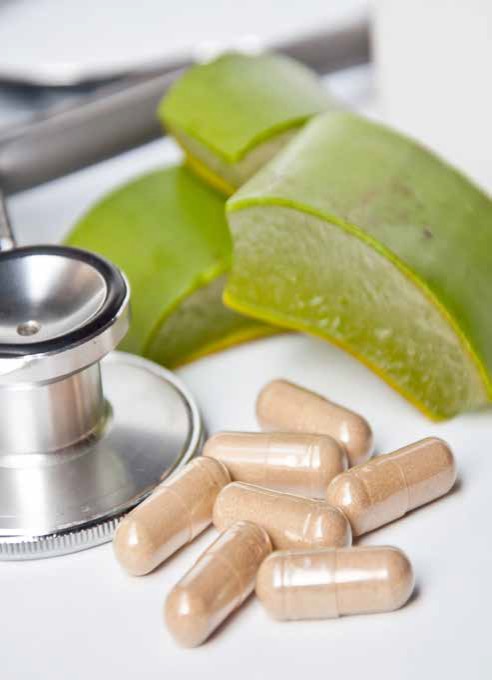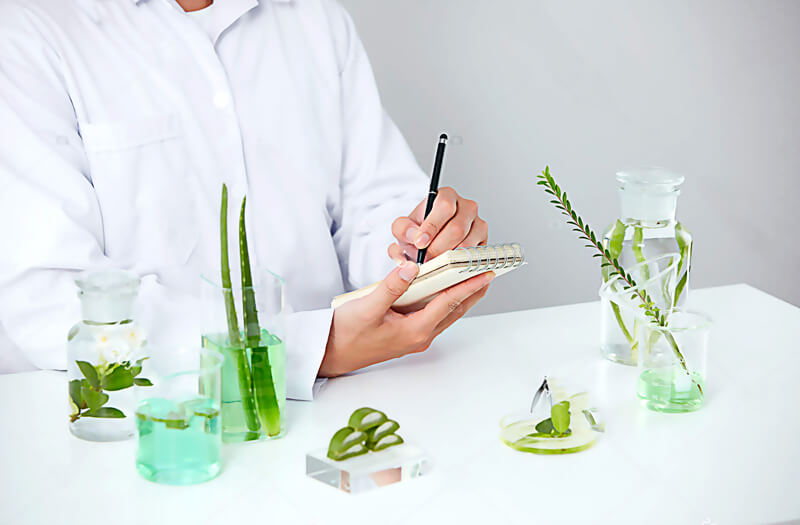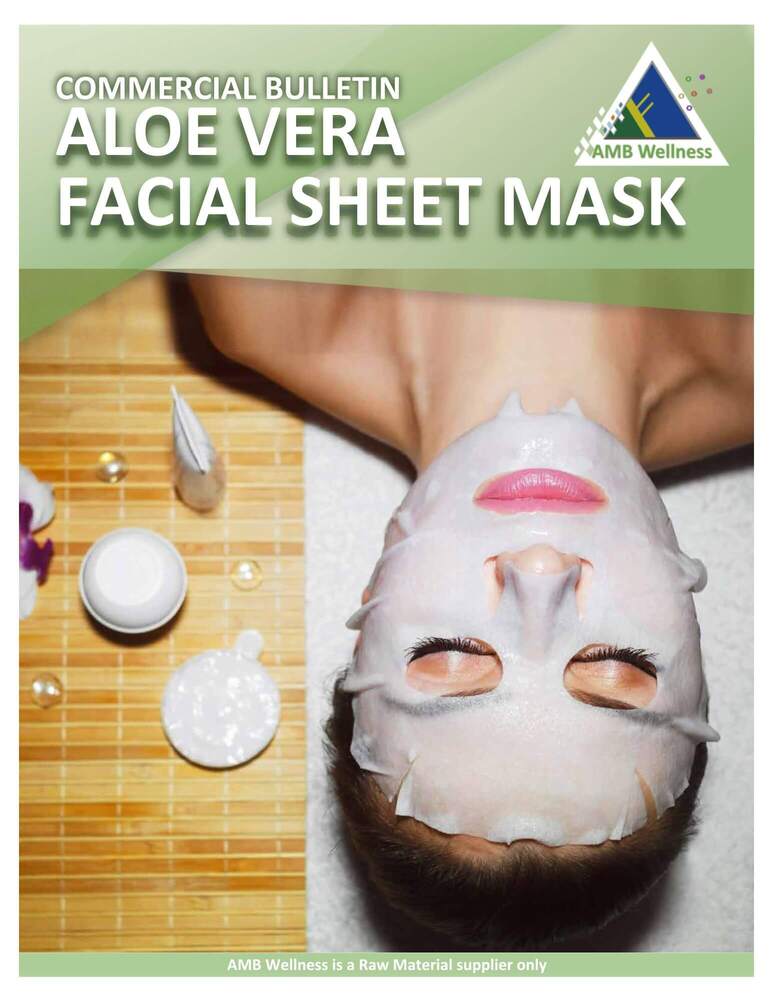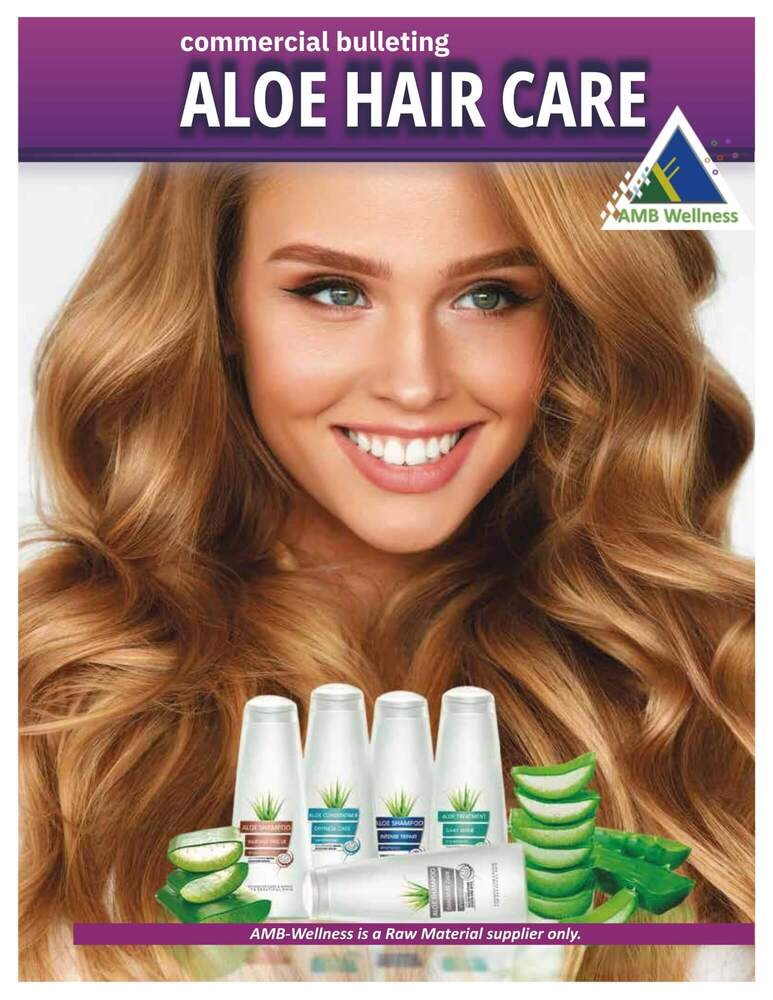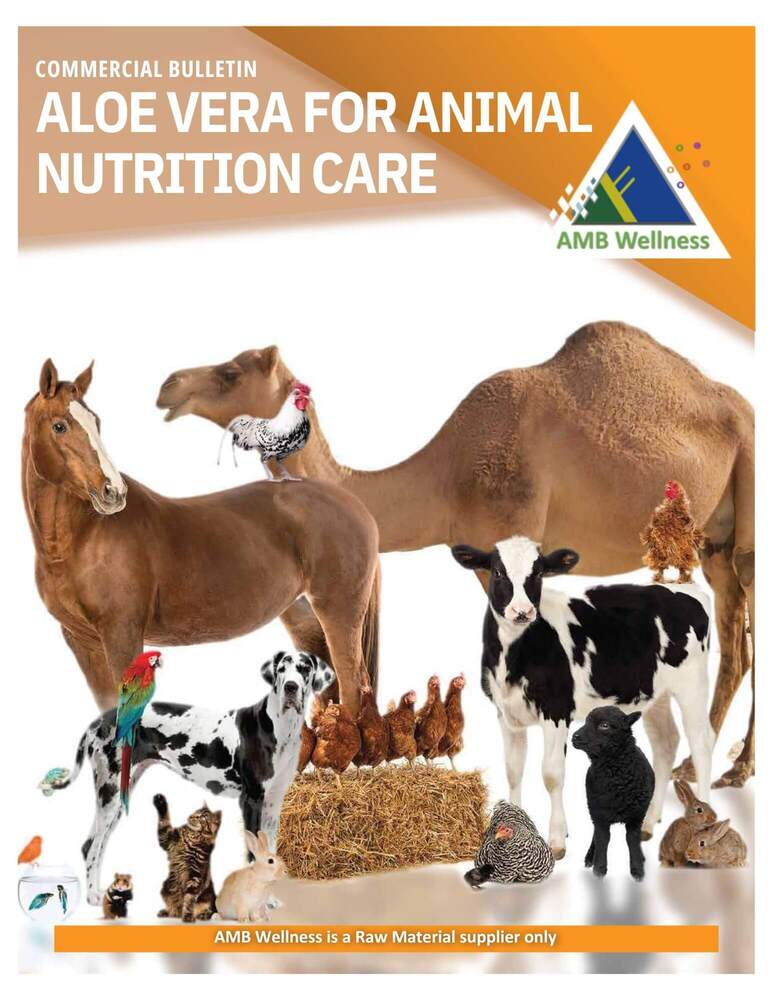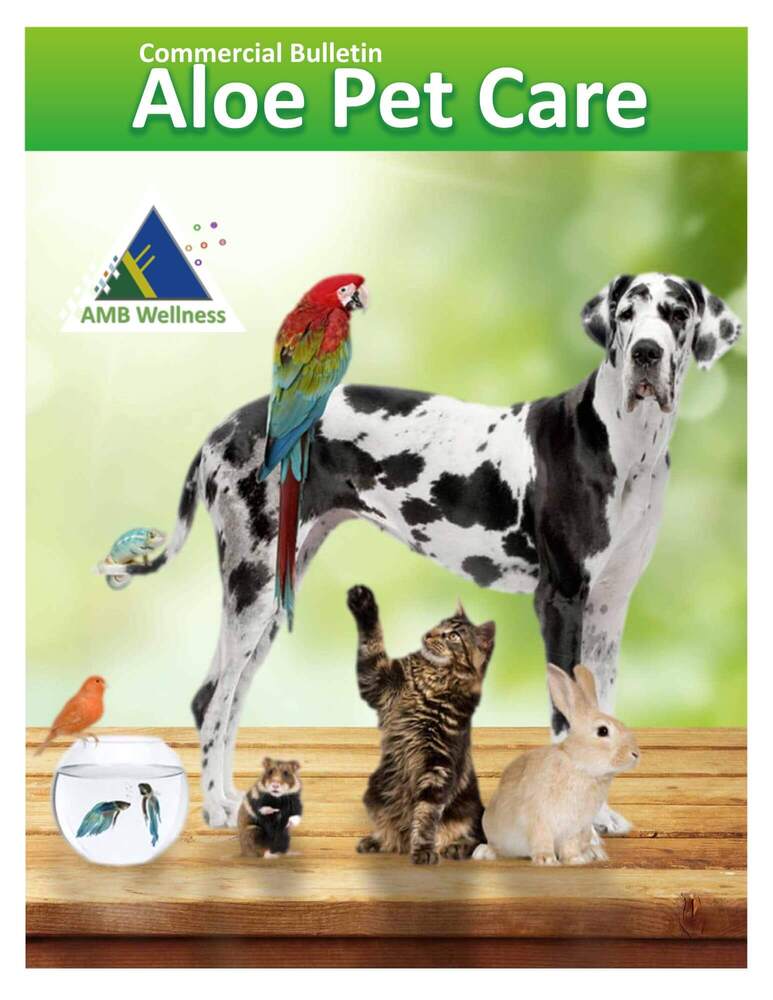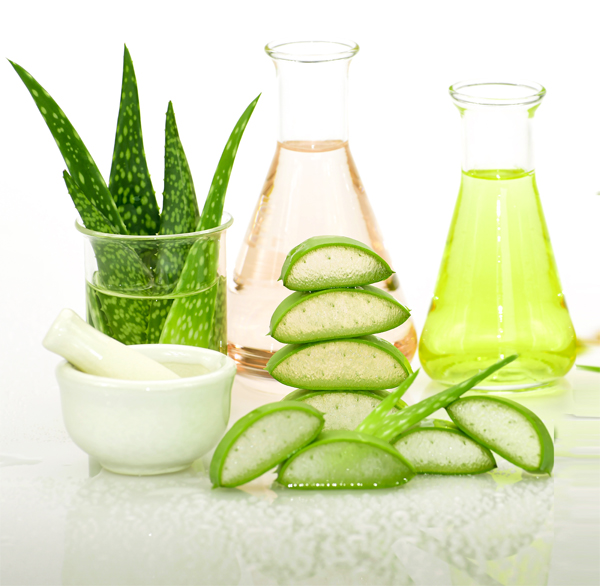Authors Hamdy, A.G. Hassabo, H. Othman.
As a major component of textile printing pastes, thickener was used. They have a high molecular weight, a high viscosity, a strong handling, long hydration time compatible with other components of printing pulp and they are colorless. You impart plasticity and adhesiveness to the printed paste such that patterns without bleeding are introduced. Printing pastes primarily have the purpose to hold, attach and move the teat onto the targeted cloth. Various well-known natural and synthetic thickeners were present. Natural thickeners are preferred to synthetic thickeners as they are comparatively cheap, easily available, and non-irritant in nature. Natural products are also generally non-polluting renewable sources for sustainable supply. Synthetic thickeners have certain disadvantages such as high cost, toxicity, and result in environmental pollution. natural thickeners printing Tamarind Kernel Thickener Aloe Vera gel. Gum Karaya Alginates

